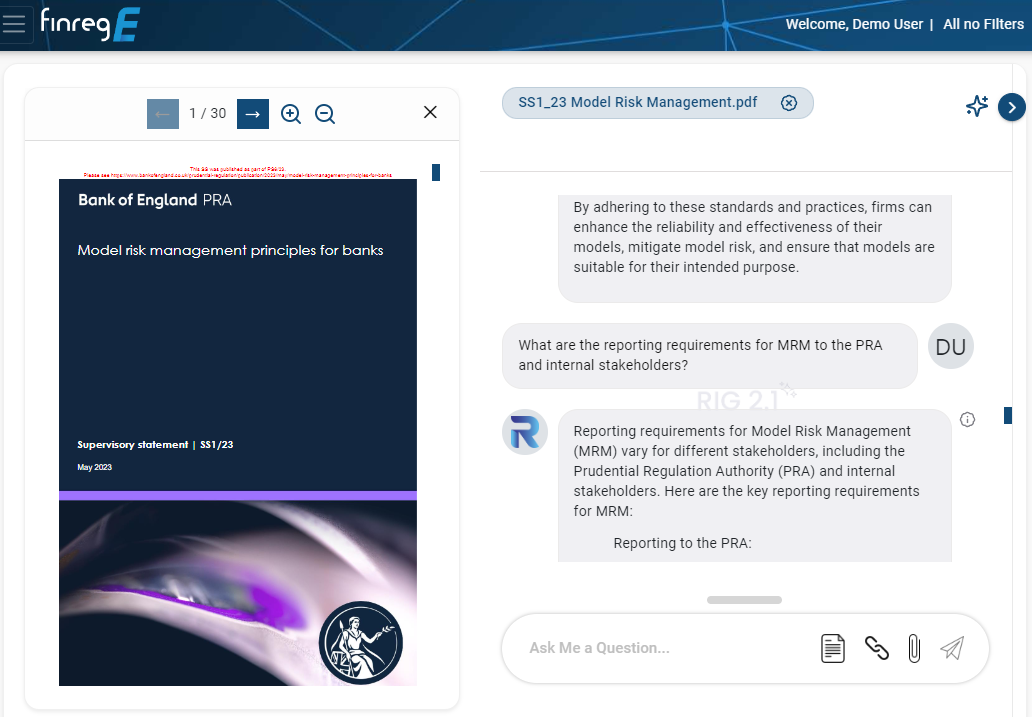The banking industry has always been strictly regulated to ensure the seamless functioning of the economy at large, as banks are some of the most vital institutions to the stability and sustainability of the financial system.
Today, due to globalisation and advancements in technology, regional and national financial entities have morphed to form a truly global financial system.
This has led to the rise of international banks, which operate on a larger scale across geographical regions with different policies and infrastructure.
While this international integration has streamlined financial operations in most scenarios, compliance is one area in which it has increased complexity.
Due to differences in regulations across different regions, international banks now face increased difficulties in conforming to regulatory standards, leading to a significant increase in compliance costs and instances of non-compliance.
In recent years, penalties and sanctions on international banks due to non-compliance have seen a noticeable increase—the most notable case being the 1MDB scandal involving investment banking giant Goldman Sachs.
In these challenging times, how can international banks transform their compliance workflows to stay ahead of the dynamic global regulatory landscape?
Digital compliance might hold the answer.
Why do international banks need to adopt digital compliance?
As the world comes to grips with Industry 4.0, organisations across almost every industry are digitising their operations to transform how teams collaborate, communicate, and deliver services to customers.
The banking industry has also enhanced its service delivery options by leveraging various digital technologies—including contactless payments, online banking, and Application Programming Interfaces (APIs)—to transform the customer experience.
While international banks utilise some form of advanced digital technology in most business functions, compliance has remained relatively unchanged and under-resourced—even when regulators are introducing new regulations at a higher volume than ever before.
Although international banks have expanded their compliance teams, the tools that support their compliance workflows may be incapable of meeting the requirements of the modern regulatory landscape.
In fact, studies have shown that even leading international banks use tools like Excel to monitor compliance requirements across their operations.
Experts also argue that increasing the number of compliance professionals doesn’t always translate to more effective compliance functions—it may simply proliferate operational errors across the compliance process and increase the cost of compliance.
What this means for international banks is that there is a serious need for the digitisation of the compliance function to align with the digital transformation happening in the industry.
Digital compliance ensures that international banks harness the right technology to stay on top of the constant regulatory changes taking place across the industry.
How digital compliance can enhance the compliance function in international banks
International banks can enjoy a range of benefits by adopting digital compliance technologies, including:
Transforming compliance into a competitive advantage
In the finance industry, compliance has always been a defensive strategy to ensure protection against the dynamic nature of the regulatory environment. Compliance workflows are almost always reactionary.
By adopting advanced compliance technology, international banks can leverage the power of AI, data analytics, and machine learning to turn compliance into a function that informs their overall business strategy, allowing banks to stay ahead of the competition.
For example, with the right tools, international banks can proactively adopt proposed regulations like MiFID II and MAR and transform their workflows across other functions to deliver the results intended by these regulations—even before they are enforced.
Enhancing compliance monitoring
Monitoring is perhaps the most vital and complex task in the entire compliance process.
Although compliance teams can monitor regulatory changes manually, these methods are not adequate to meet the regulatory requirements of the financial industry today.
The good news is that modern compliance tools allow compliance professionals to automate change monitoring, freeing them to focus on more value-added compliance workflows while staying on top of their commitments.
Compliance technology tools hold the key to the future for international banks
While the rise of international banks has improved financial collaboration between various regions, the differences in regulatory requirements across diverse landscapes are posing major challenges to transnational institutions.
By leveraging modern compliance technology, however, international banks can navigate these all-new circumstances with greater success, resilience, and agility.


